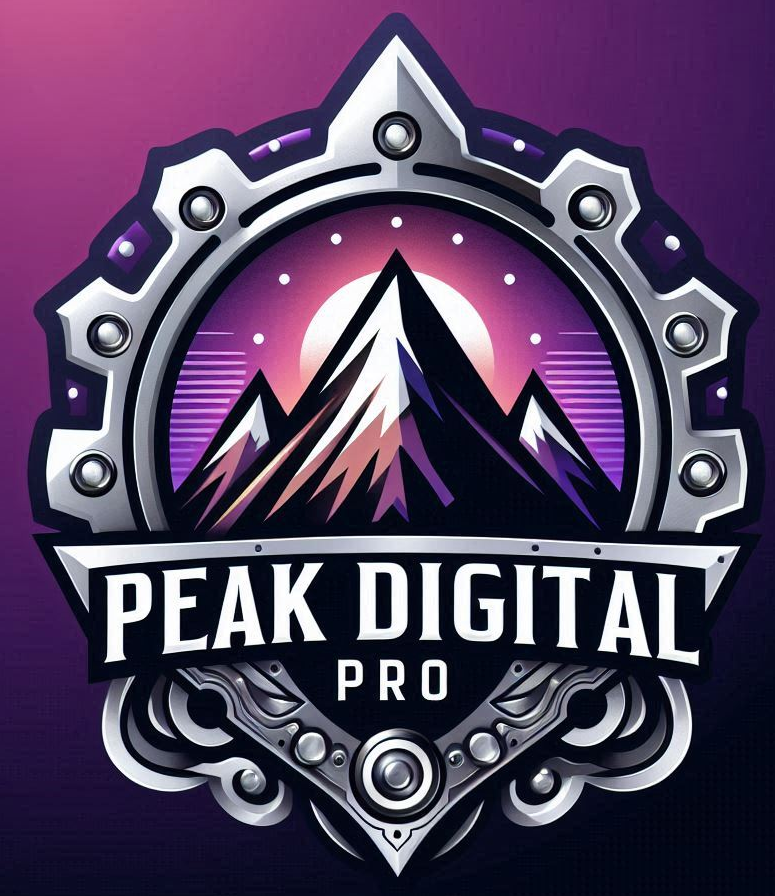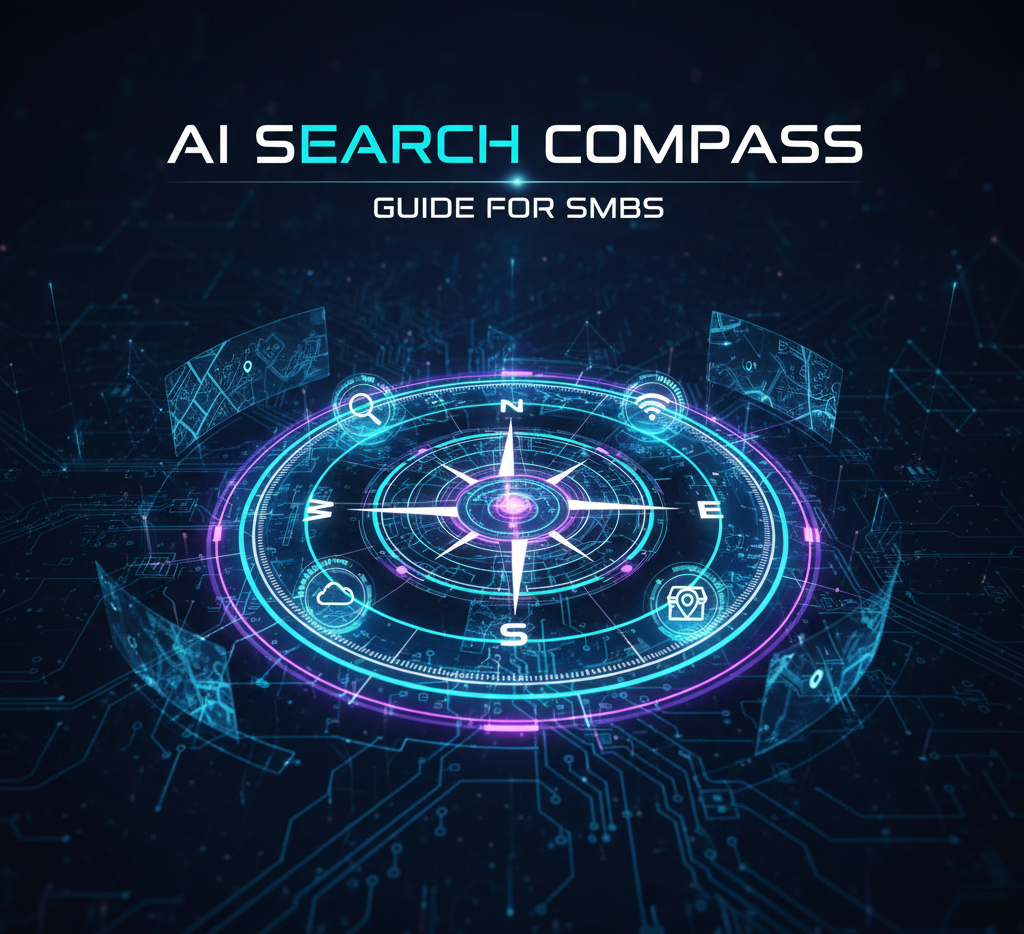Understanding Lead Scoring Fundamentals for Business Owners
Lead scoring is quietly driving smarter sales behind the scenes for more businesses every year. Most companies waste their limited resources chasing dead end leads, and that loss adds up fast. Here is a surprise. Research shows typical conversion rates on unfiltered leads can dip as low as 1% . The twist is that with the right scoring system, even small changes in how you rank your prospects can double or triple your odds of landing real customers.
Table of Contents
Quick Summary
| Takeaway | Explanation |
|---|---|
| Lead scoring prioritizes potential customers | Businesses assess leads by assigning numerical values to indicate conversion likelihood based on behavior and attributes. |
| Focus on high-value prospects | Lead scoring helps sales teams concentrate on leads most likely to yield revenue, enhancing sales efficiency. |
| Reduce resources on unqualified leads | Implementing lead scoring minimizes wasted efforts and costs on leads that are unlikely to convert into customers. |
| Personalize marketing strategies | By understanding lead data, marketers can tailor campaigns to meet specific audience needs and behaviors. |
| Enhance overall sales and marketing alignment | Lead scoring promotes collaboration between teams, improving the effectiveness of campaigns and sales initiatives. |
What is Lead Scoring and Its Importance?
Lead scoring represents a strategic approach businesses use to evaluate and prioritize potential customers based on their likelihood of converting into paying clients. By systematically ranking leads according to predetermined criteria, companies can optimize their sales and marketing resources more effectively.
Understanding the Core Concept
At its fundamental level, lead scoring assigns numerical values to prospective customers based on specific attributes and behaviors that indicate their potential purchasing readiness. Discover advanced lead evaluation strategies for maximizing conversion potential.
The primary goals of lead scoring include:
- Identifying high-value prospects most likely to generate revenue
- Prioritizing sales team efforts toward most promising leads
- Improving overall marketing and sales efficiency
Methodology and Key Components
According to research from predictive analytics studies , effective lead scoring models typically incorporate multiple data points such as:
- Demographic information (company size, industry, job title)
- Behavioral signals (website interactions, content downloads, email engagement)
- Online and offline interactions with marketing materials
- Historical conversion patterns within similar customer segments
By systematically analyzing these elements, businesses can create a predictive scoring framework that transforms raw lead data into actionable intelligence.
This table summarizes the explicit and implicit data types commonly used in lead scoring models, illustrating examples of each and how they inform prioritization.
| Data Type | Description | Example Attributes |
|---|---|---|
| Explicit | Objective, factual customer information | Company size, industry, job title, location |
| Implicit | Behavioral signals from prospect engagement | Website visits, content downloads, email opens |
| This approach enables sales teams to focus their energy on prospects with the highest probability of becoming valuable customers, ultimately driving more efficient and profitable growth strategies. |
Why Lead Scoring Matters for Business Growth
Lead scoring transforms how businesses approach sales and marketing by providing a data driven method to understand and prioritize potential customers. By implementing strategic lead evaluation techniques, companies can dramatically improve their conversion rates and resource allocation.
Economic Impact and Efficiency
Learn more about optimizing business growth strategies through intelligent lead management. According to research from predictive analytics studies , businesses typically experience low conversion rates ranging from 1% to 6%, making efficient lead management crucial for sustainable growth.
The critical advantages of lead scoring include:
- Reducing wasted resources on unqualified leads
- Shortening sales cycle duration
- Improving overall marketing and sales alignment
- Increasing return on marketing investment
Strategic Resource Allocation
Lead scoring enables businesses to systematically prioritize prospects based on their potential value. By assigning numerical values to leads, sales teams can focus their energy on high probability conversion opportunities. This approach transforms traditional sales strategies from reactive to proactive, allowing companies to:
- Identify most promising customer segments
- Develop personalized engagement strategies
- Predict and forecast potential revenue more accurately
- Optimize marketing spend by targeting high potential leads
Ultimately, lead scoring is not just a technical process but a strategic approach that empowers businesses to make intelligent, data driven decisions about their growth potential. By understanding and implementing sophisticated lead evaluation techniques, companies can significantly enhance their competitive advantage in an increasingly complex marketplace.
How Lead Scoring Works: Key Concepts and Models
Lead scoring functions as a sophisticated methodology for evaluating potential customer value through systematic data analysis and predictive modeling. By integrating multiple data points and advanced analytical techniques, businesses can transform raw lead information into actionable strategic insights.
Fundamental Data Components
Learn about advanced lead management techniques for comprehensive business growth. According to research on predictive analytics models , lead scoring incorporates two primary data categories:
-
Explicit Data : Objective customer characteristics
-
Company size and industry
-
Job title and organizational role
-
Geographic location
-
Implicit Data : Behavioral engagement signals
-
Website interaction patterns
-
Content download frequency
-
Email response rates
-
Social media engagement
Scoring Model Frameworks
Businesses typically employ multiple lead scoring frameworks to evaluate potential customer value. Numerical scoring models assign point values based on specific attributes and behaviors, enabling systematic lead prioritization.
Key scoring methodologies include:
- BANT Model (Budget, Authority, Need, Timeline)
- MEDDIC Model (Metrics, Economic Buyer, Decision Criteria, Decision Process, Identify Pain, Champion)
- Demographic Scoring
- Behavioral Scoring
- Predictive Machine Learning Models
These sophisticated approaches allow organizations to create dynamic, data driven lead evaluation systems that continuously adapt to changing market conditions and customer interaction patterns. By implementing intelligent scoring frameworks, businesses can optimize their sales processes, improve resource allocation, and enhance overall conversion potential.
Below is a table comparing popular lead scoring model frameworks, summarizing their core focus and key characteristics for easier reference.
| Model Type | Core Focus | Key Characteristics |
|---|---|---|
| BANT | Qualifying purchase readiness | Evaluates Budget, Authority, Need, and Timeline |
| MEDDIC | Complex sales qualification | Examines Metrics, Economic Buyer, Decision Criteria and Process |
| Demographic Scoring | Lead fit | Uses explicit data like job title, company size, industry |
| Behavioral Scoring | Engagement level | Considers actions like website visits, downloads, and emails |
| Predictive Machine Learning | Data-driven prioritization | Automates scoring using historical data and predictive analytics |
Practical Applications of Lead Scoring in Marketing
Lead scoring transcends theoretical concepts by providing tangible, actionable strategies for marketing professionals to optimize customer acquisition and engagement. By transforming raw data into strategic intelligence, businesses can design more precise and effective marketing campaigns.
Marketing Campaign Optimization
Explore advanced relationship building techniques for comprehensive marketing success. According to research on predictive analytics models , marketing teams can leverage lead scoring to:
- Segment audiences with unprecedented precision
- Develop highly personalized communication strategies
- Allocate marketing resources more efficiently
- Reduce customer acquisition costs
- Improve overall campaign performance metrics
Strategic Targeting and Personalization
Intelligent lead scoring enables marketers to create nuanced, data driven targeting strategies. By analyzing complex behavioral and demographic signals, businesses can develop hyper-personalized marketing approaches that resonate with specific customer segments.
Key personalization techniques include:
- Account-Based Marketing (ABM) alignment
- Dynamic content customization
- Predictive email marketing
- Tailored digital advertising campaigns
- Contextual retargeting strategies
These sophisticated approaches transform traditional marketing methodologies, shifting from broad, generalized campaigns to precise, individually calibrated interactions. By understanding and implementing advanced lead scoring techniques, marketing teams can create more meaningful connections, dramatically improving conversion rates and customer engagement.

Real-World Examples of Effective Lead Scoring
Lead scoring transforms theoretical concepts into practical business strategies through compelling real-world implementations across diverse industries. By examining successful case studies, businesses can understand how sophisticated data analysis drives meaningful customer engagement and revenue growth.
Technology and Software Industry Applications
Discover advanced lead management techniques for comprehensive business optimization. According to research on predictive analytics models , technology companies have pioneered innovative lead scoring approaches:
- SaaS platforms implementing machine learning algorithms
- AI-driven predictive modeling for customer segmentation
- Behavioral tracking across multiple digital touchpoints
- Automated lead qualification systems
- Real-time scoring and prioritization mechanisms
Successful Implementation Strategies
Intelligent lead scoring enables organizations to develop data-driven customer acquisition frameworks . Successful implementations typically demonstrate measurable improvements in key performance indicators.
Comprehensive case study insights reveal:
- 25% increase in sales conversion rates
- 15% reduction in lead qualification time
- Enhanced marketing resource allocation
- Improved customer targeting precision
- Significant reduction in customer acquisition costs
These sophisticated approaches demonstrate how advanced lead scoring transcends traditional marketing methodologies, enabling businesses to transform raw data into strategic intelligence. By understanding and implementing nuanced scoring techniques, organizations can create more meaningful, personalized customer interactions that drive sustainable growth and competitive advantage.
Transform Raw Data Into Real Business Growth With Peak Digital Pro
Struggling to turn potential leads into high-value customers? Many business owners feel overwhelmed when trying to evaluate prospects or prioritize sales efforts. If the challenges of lead scoring and intelligent resource allocation resonate with you, it might be time to enhance your approach with expert support. Our team at Peak Digital Pro understands that identifying promising leads and building effective predictive models can be the key to outpacing competitors.

Let us show you how our AI-driven marketing strategies can supercharge your sales funnel. Explore how advanced lead management and cutting-edge web development solutions can make every customer interaction count. Do not let valuable opportunities slip away. Visit Peak Digital Pro now and take the next step toward measurable growth and smarter lead prioritization.
Frequently Asked Questions
What is lead scoring?
Lead scoring is a method used by businesses to evaluate and prioritize potential customers based on their likelihood of converting into paying clients, assigning numerical values to leads based on specific attributes and behaviors.
Why is lead scoring important for business growth?
Lead scoring helps businesses optimize their sales and marketing resources by identifying high-value prospects, prioritizing efforts on promising leads, reducing wasted resources, and increasing overall marketing efficiency.
How does lead scoring work?
Lead scoring works by integrating multiple data points—such as demographic information and behavioral signals—to create a predictive scoring framework that allows businesses to systematically evaluate potential customer value.
What are the key components of a lead scoring model?
Key components of a lead scoring model include explicit data (like company size and job title) and implicit data (such as website interactions and email engagement). These components enable businesses to prioritize leads effectively.







